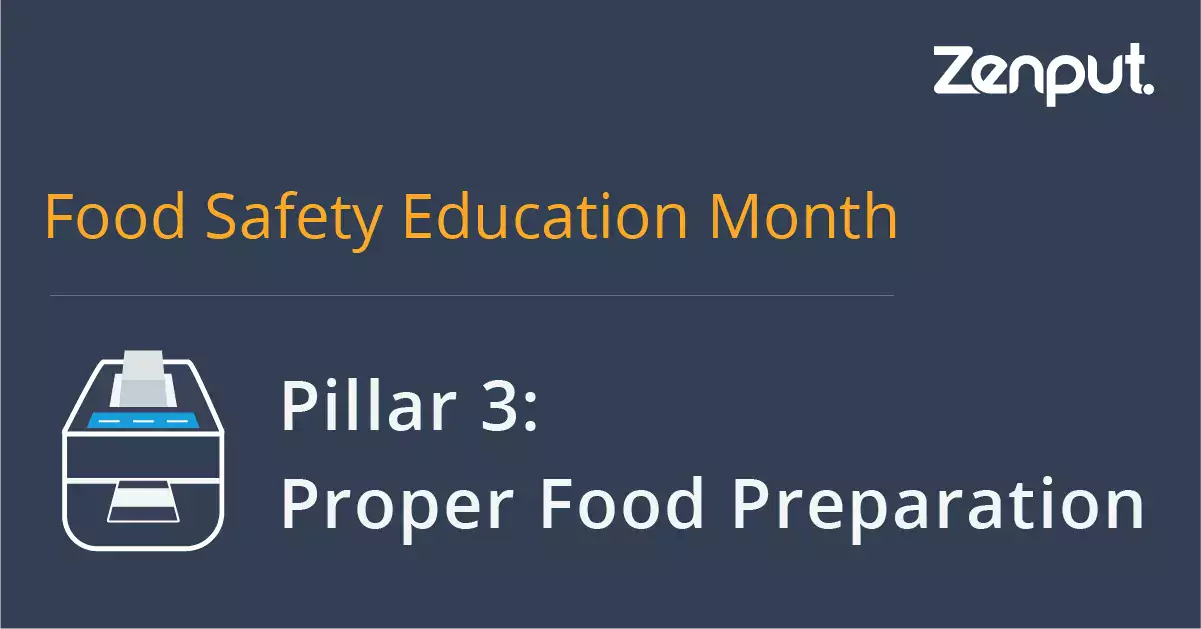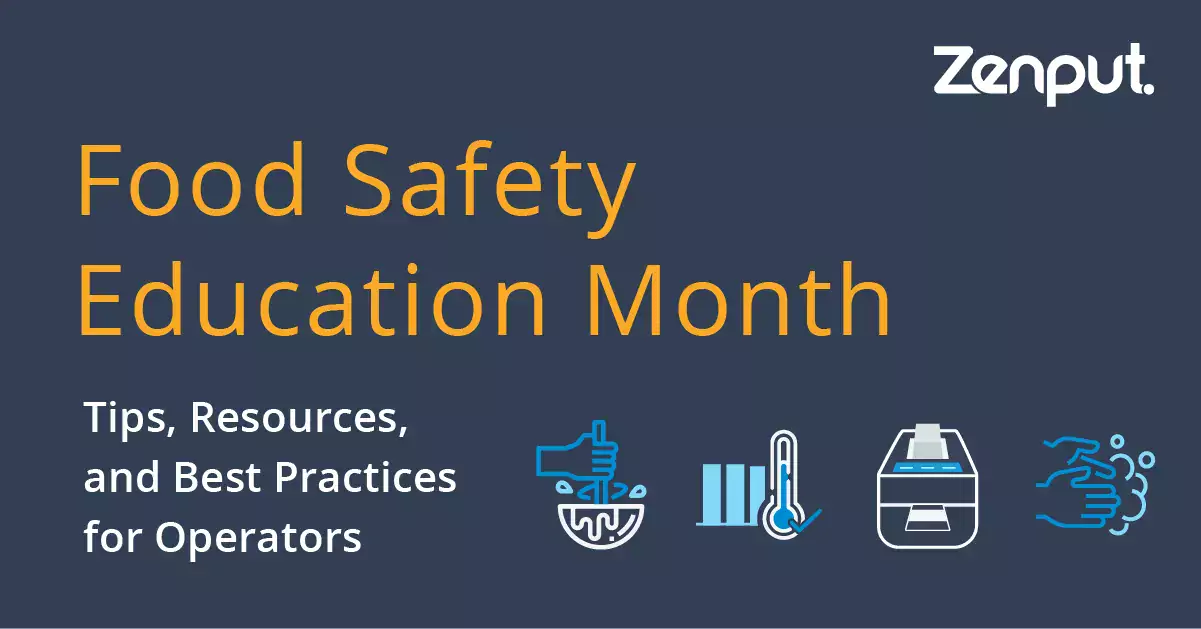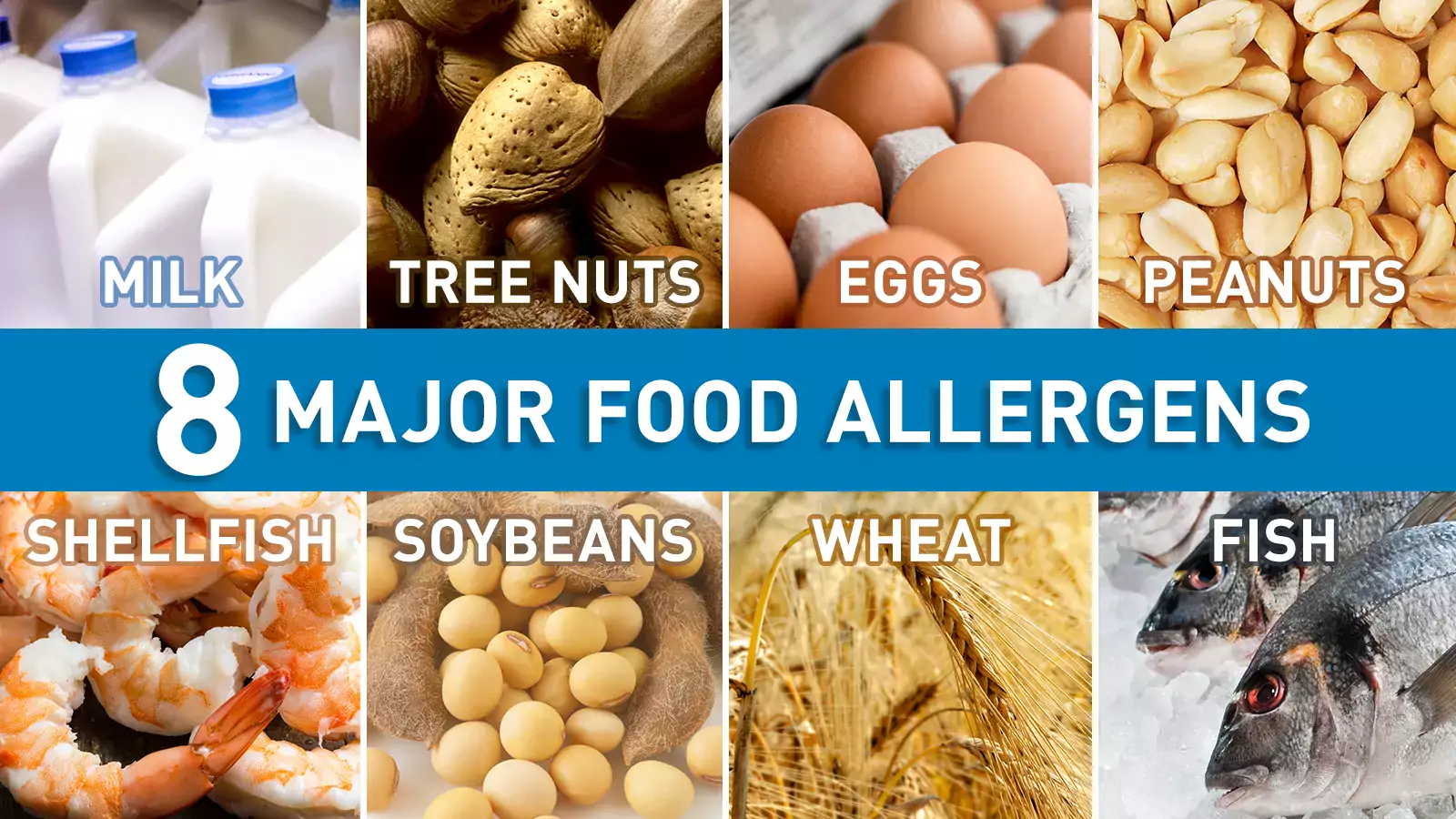To help spread awareness for National Food Safety Education Month, we're spotlighting each of our four pillars of food safety execution throughout September. This post focuses on Pillar # 2: Safe Temperatures.
Multi-unit operators must understand the critical role temperature plays in keeping food safe. Unsafe temperature conditions can occur due to equipment malfunctions, power outages, improper closing of cold room, refrigerator, or freezer doors, and staff errors. Discarding perfectly good ingredients and inventory due to incorrect storage temperatures is a huge, preventable loss that inevitably affects the business's bottom line.
In a highly competitive industry already running on narrow margins, restaurants, grocery, and convenience store operators increasingly rely on temperature monitoring sensors to mitigate food safety breaches. Digital temperature monitoring sensors are proving to be game-changers in kitchens by reducing human error, improving operational efficiencies, eliminating food waste, and keeping food, guests, and business healthy and safe.
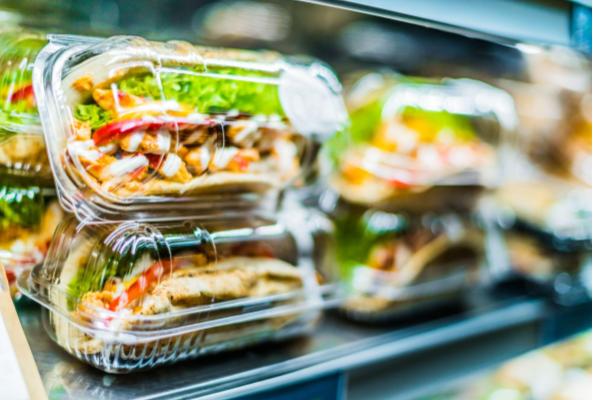
Storing, preparing, and serving food at the right temperature is critical to food safety. With so many variables, from handling the ingredients, to preparing the food, to ensuring equipment is functioning optimally, mistakes are bound to happen with potentially costly and damaging consequences.
With over 85% of food safety concerns arising due to poor food and storage temperature management, food must be kept out of the "danger zone"—the temperature range where food is most at risk of developing harmful bacteria.
- That means keeping cold foods cold (below 40°F/4°C) and hot foods hot (above 140°F/60°C), anything in between is considered the "danger zone."
- Most bacteria do not thrive in hot or cold temperatures above or below the danger zone (40°F and 140 °F). The longer food remains in the temperature danger zone, the greater the risk of "time/temperature abuse" and bacterial growth resulting in foodborne illness.
In addition to training staff to recognize and follow safe food handling practices, it's essential to equip them with the tools and resources they need to effectively and efficiently follow through. It's not enough to put HACCP-compliant procedures in place; you need to be able to verify that:
- Temperature checks are being performed consistently at regular intervals
- Cooling and heating equipment is in good condition and functioning properly
- Monitoring devices are registering temperatures accurately
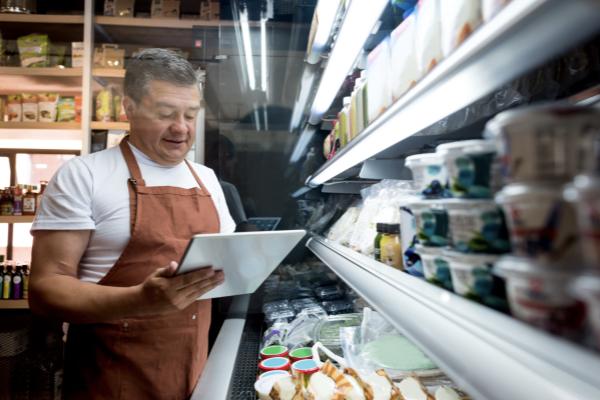
Making it Happen: Safe Temperatures
Here's how you can empower your teams to consistently communicate, execute, and improve operations to ensure safe temperatures in every store:
1. Set up alerts
Publicize safe holding temperatures to your teams — Receive automated alerts on your mobile device when equipment temperatures go out of range so you can take action instantly
2. Automate temperature checks
Use software to automatically track equipment temperatures to ensure accuracy and free up employee time — Equip store employees with the proper tools to capture accurate temperatures of prepared foods
3. Use data to identify recurring issues
Track trends to identify faulty equipment early, make temperature adjustments, and reduce food waste — Look for patterns (e.g., recurring temperature-related issues at the same store or a specific franchisee) and offer refresher courses on safe food handling
Foodservice operators are gaining a competitive advantage by investing in automated temperature monitoring. It's easily scalable, meaning operators can use digital sensors in just one location or across multi-location chains. They can be configured with predetermined thresholds and time frames. Preventative alerts will allow proactive intervention before a problem becomes a crisis. District managers can get real-time insights into each store's temperature data.
Our customers use Zenput Temp Monitoring to reclaim 60 minutes/day (or more) of labor time in every store location. This frees up store staff to handle more critical tasks like serving customers. Download The Operator's Guide to Food Safety Execution to learn how Zenput can help your operation improve food safety and compliance to better protect your inventory, customers, and staff from foodborne illness, guaranteeing safe and quality meals.
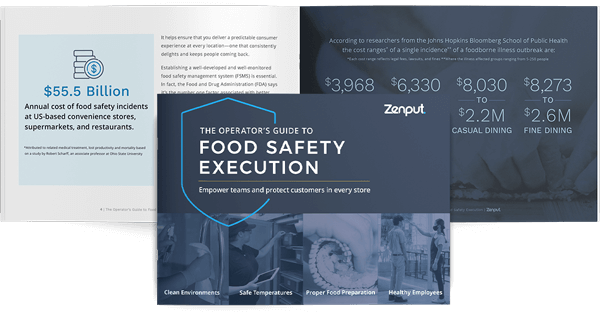
Subscribe to our blog
You are now subscribed!
